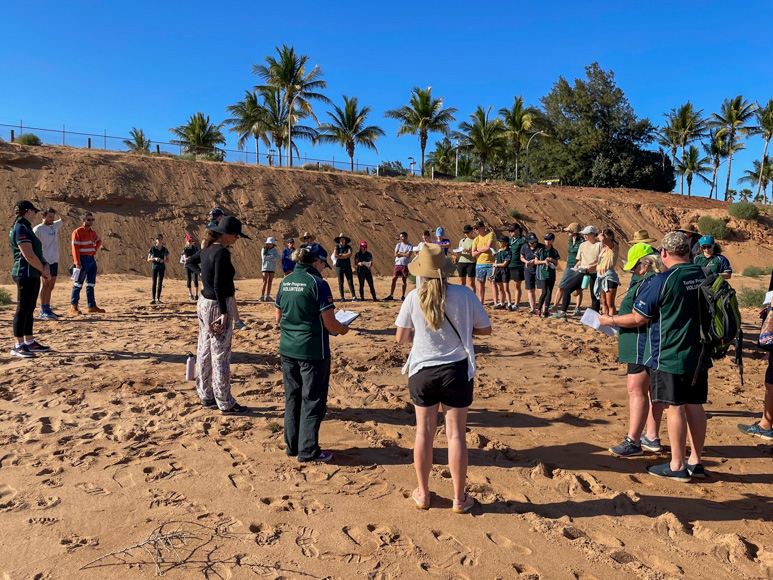West Pilbara Turtle Program
The West Pilbara Turtle Program is a partnership between Parks and Wildlife Service at the Department of Biodiversity, Conservation and Attractions (DBCA) and Rio Tinto. The partnership brings together industry, government and the community to monitor turtle nesting near Wickham and Cleaverville and raise awareness about turtle conservation. The program is community-based and utilises volunteers.
The objectives of the program are to monitor numbers of nesting turtles (by identifying and counting tracks) and record evidence of impacts on local beaches. The information collected helps improve knowledge on nesting turtles and assists Parks and Wildlife Service and Rio Tinto make informed decisions on turtle management.
See more information about the West Pilbara Turtle Program here.
Volunteers complete a short training program, then conduct daily monitoring of turtle nesting activity via a roster system (so dates are known in advance). Track monitoring occurs throughout November, December and January at first light while tracks (made during the night) are still fresh and conditions are not too hot for walking. Our volunteers cover three beaches, two near Wickham (Bells Beach and Boat Beach) and one at Cleaverville.
Any amount of time is appreciated, and our volunteers participate in whatever way they can manage. The time taken to monitor a beach depends on its length and the number of tracks encountered – a typical track count usually takes 1–1.5 hours.
The West Pilbara Turtle Program is family friendly with people of all ages (including young children) participating.
Follow the Pilbara Parks and Wildlife Facebook and West Pilbara Turtle Program Facebook for more information. Contact the West Pilbara Turtle Program Coordinator at wptp@dbca.wa.gov.au to express your interest.
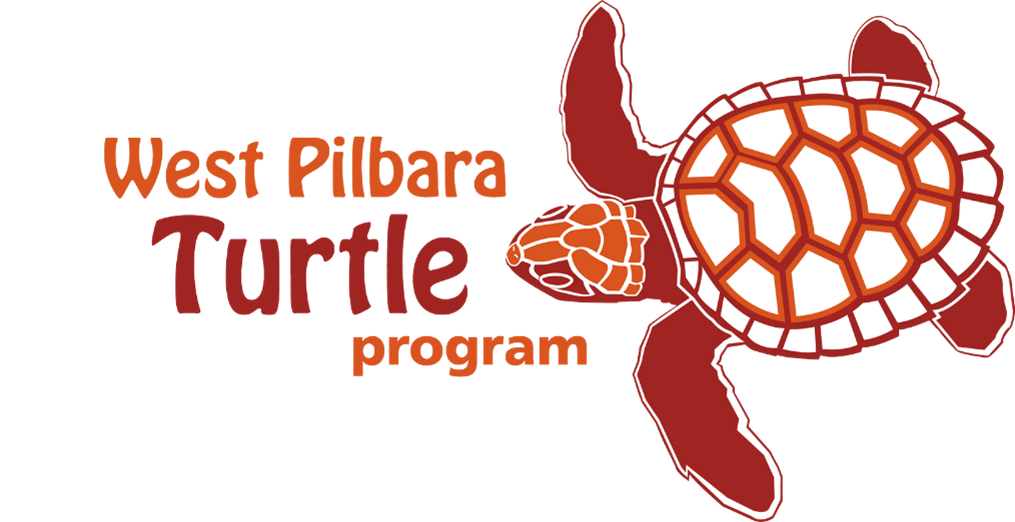
Ningaloo Turtle Program
The Ningaloo Turtle Program is a track monitoring program that was developed in 2002 as a collaboration between the local Cape Conservation Group (CCG), the predecessors of the Department of Biodiversity, Conservation and Attractions (DBCA), Murdoch University and the World Wildlife Fund (WWF).
Now implemented by the Exmouth District of DBCA, the turtle track monitoring program aims to monitor long-term trends in marine turtle populations along the Ningaloo Coast to support informed, evidence-based conservation and management. The NTP is the only program that monitors green turtles for Western Australia’s green turtle genetic stock.
Volunteers are essential to the program. The NTP provides opportunities for the local community, interstate and international volunteers over 18 years of age to take part in turtle conservation. Participating volunteers gain training and practical experience in track monitoring, turtle rescues and other related activities.
There are four volunteer roles available:
• External volunteers (5-week duration, conducting track and nest counts daily along the beaches)
• Local Exmouth volunteers (sporadically throughout the summer months from Nov - Feb)
• Team Leaders (8-week internship, with duties including coordinating and supporting volunteers)
• Communications Intern (8-week internship, with duties including photography, videography, website updates)
Apply via the Ningaloo Turtle Program website. Follow the page on Facebook for regular updates.
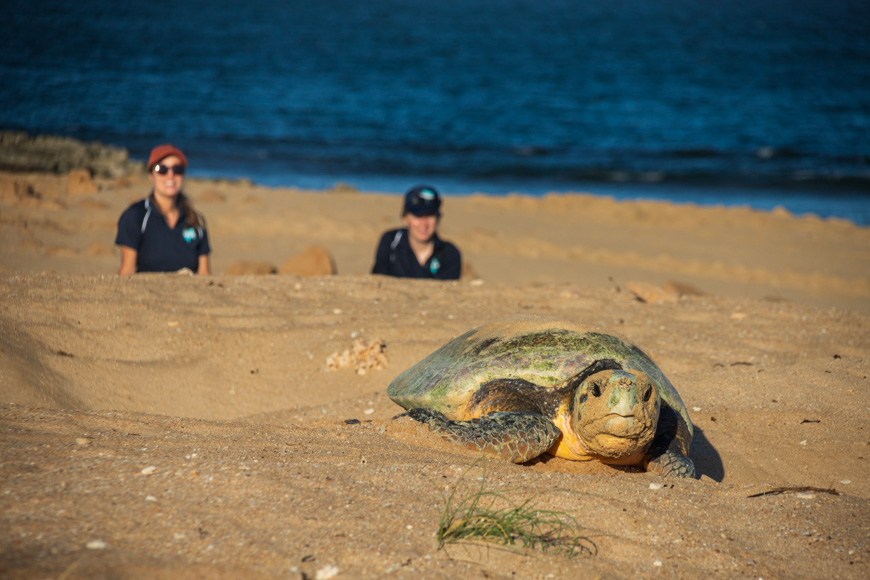
Rosemary Island Turtle Monitoring Program
Rosemary Island supports a nationally important and internationally significant breeding population of endangered hawksbill turtles (Eretmochelys imbricata), which is considered one of the largest in the world.
Over a two-week period in October each year, a small team of staff and volunteers record individual hawksbill turtles (and other turtle species) along four kilometres of coast on the north-western side of the island. Our monitoring includes flipper tagging, recapture and track counts.
This program started in 1986 and was driven by local community members and is now the longest running turtle tagging program in WA.
Volunteers make their own way to Karratha, where DBCA will facilitate transfers to and from Rosemary Island. Staff and volunteers camp in swags around the ‘Hawksbill Hut’ research station (a modified shipping container) and work through the night tagging and recording details about turtles. There are basic amenities and limited phone reception. October is coming into the hot Pilbara summer season, and you can expect very high temperatures. In saying that, waking up and going for a morning swim and stroll along the beach is one of the magical aspects of working on Rosemary Island.
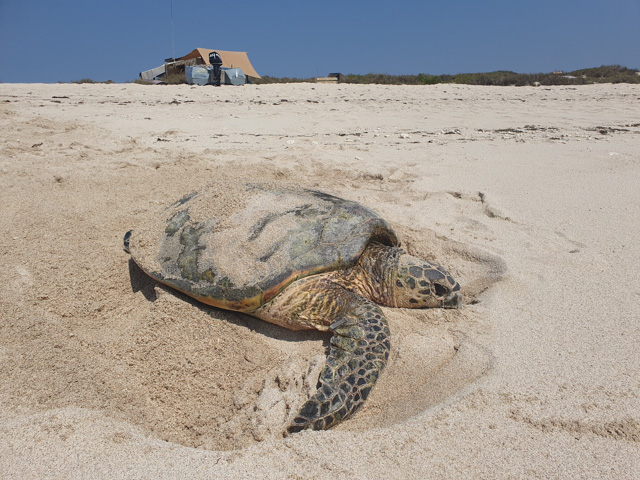
Dirk Hartog Turtle Monitoring
The objective of the program is to determine the long-term population levels and trends of the loggerhead turtle nesting at Turtle Bay.
The program runs annually in January consisting of 3 volunteer teams participating in morning track count, data entry and nighttime monitoring where you will walk designated sections of beach recording important turtle nesting information and placing tags on turtles.
You will need to organise your own accommodation before and after the volunteer period. On Dirk Hartog Island, DBCA will arrange basic camping accommodation at the lighthouse quarters at Cape Inscription and your main meals will be provided. Transport to and from the island and your main meals will be provided during your volunteer period.
This volunteer work comes with some unique challenges, that often make for a unique and memorable experience. You will be required to work in teams through the night, a high level of fitness is required to participate in the program. Volunteers get to experience life on DHI and the opportunity to undertake a variety of recreation activities around base camp and learning about loggerheads.
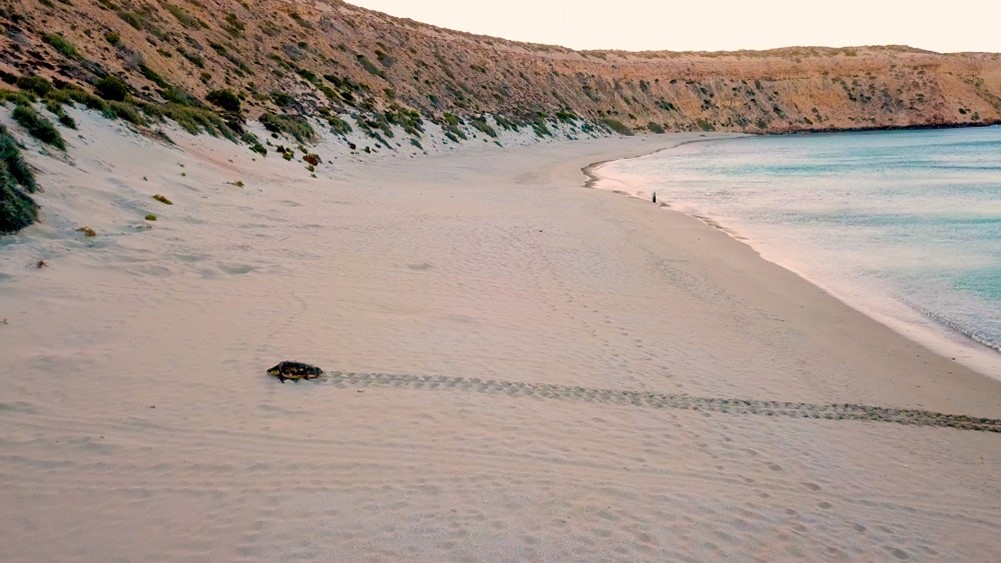
Cable Beach Turtle Monitoring Program
The Cable Beach Turtle Monitoring Program is an annual 7-week flatback turtle community monitoring program along Cable Beach from 1 November to 20 December. The majority of volunteers are Broome locals, who contribute their time in the mornings throughout the nesting season to collect track count and nesting data, contributing to our understanding of flatback turtle populations in Western Australia.
Volunteers conduct early morning walks with a buddy, identifying turtle behaviour such as nesting and false crawls (unsuccessful nesting attempts) along Cable Beach. The monitoring walk can be up to 6km in the sand and is conducted during the wet season of the Kimberley. High temperatures and humidity are experienced, so volunteers should be prepared with a high level of fitness. Expect to meet wonderful like-minded people and be involved in a great community monitoring program.
Applications open in September each year and will be shared via Kimberley Parks and Wildlife Facebook page.
Posters and events occur locally.

Hedland Community Volunteer Flatback Turtle Monitoring Program
The monitoring is in three components: morning track monitoring, evening monitoring/ eco tours for people watching turtle nesting and a 50-night mark/recapture tagging program.
Any interested volunteers who would like to assist from November to January are most welcome. Volunteers are needed and can take part in the program for any length of time from one week to the whole three months.
Limited free billeted accommodation is available. You must arrange your own transport to Port Hedland and then, transport to/from the beaches is supplied.
For more information, head to the Care for Hedland website.
